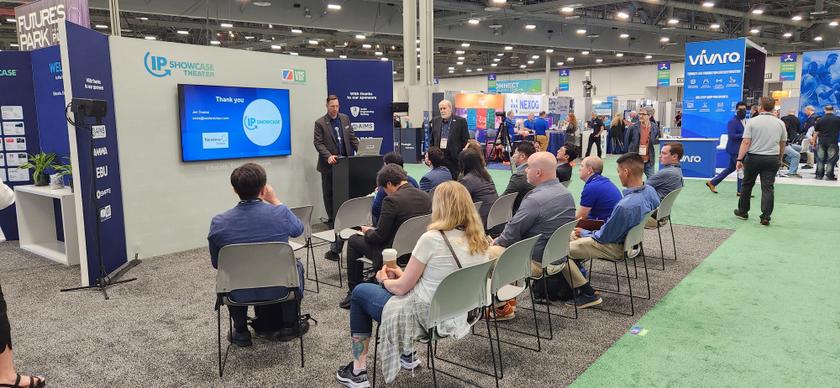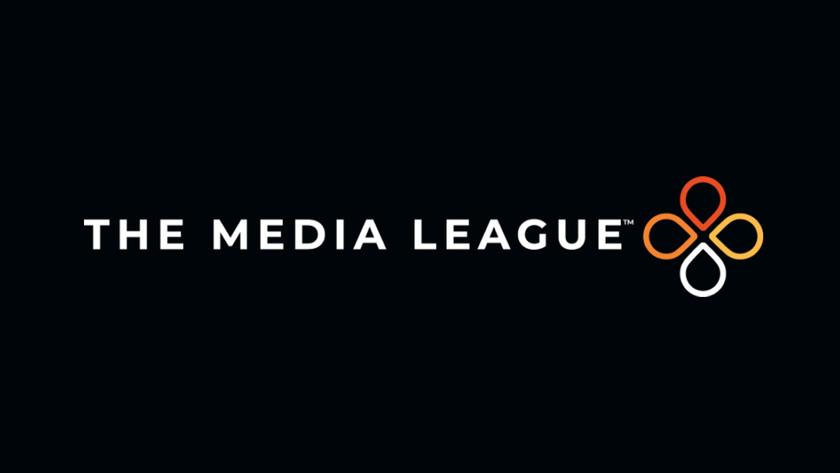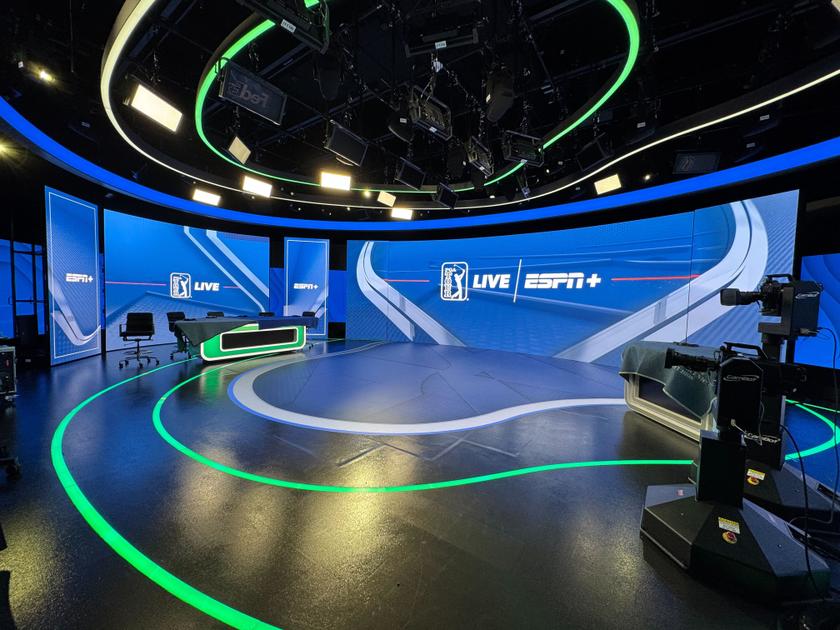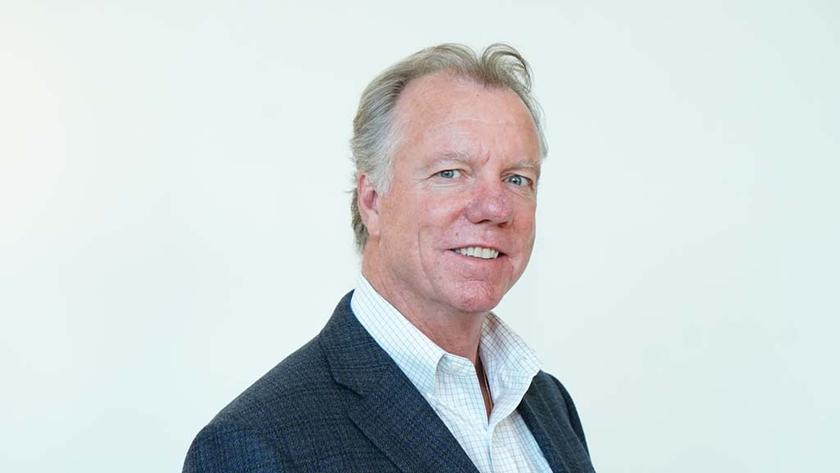Sprint Nextel, broadcasters seek extension on FCC 2GHz BAS relocation deadline
Sprint Nextel, together with three major groups representing broadcast interests, asked the FCC Feb. 12 to extend the deadline for completion of the 2GHz Broadcast Auxiliary Service relocation project to Feb. 10, 2010.
The company, along with the National Association of Broadcasters, the Association for Maximum Service Television and the Society of Broadcast Engineers, requested the delay, saying that the transition to new digital electronic newsgathering radios, antennas, controllers and other related equipment is “a complex undertaking with new challenges and obstacles seeming to arise at every turn.”
As the FCC has required since granting an extension until March 2009, Sprint Nextel has submitted project updates every two months to the commission in which it has detailed the impact of weather, environmental safety issues and other concerns on progress. In the request for a yearlong extension, a new, significant element was added to the list: Congress’ recent passage of a law delaying the DTV transition until June 12.
“The delay in the DTV transition will seriously affect the availability of technical people,” the filing said. Many engineers who otherwise would have been freed up from operating analog transmission facilities Feb. 17 to assist in the BAS relocation must continue to split their time between maintaining analog and digital TV transmitters, the company said. Vendors, too, have fixed the DTV transition as their top priority. The filing quoted Tim Carroll of DSI RF Systems, a 2GHz BAS vendor: “If there’s an issue of our having to do both [DTV and BAS transitions] . . . we take the BAS [transition] second.”
Despite delays, progress has been substantial. According to the filing, more than one-third of BAS licenses have completed the transition. Seventy-six TV markets have made the transition, and 99 percent of all eligible BAS licensees have signed frequency relocation agreements.
Additionally, in markets not yet transitioned, hundred of BAS licensees have already begun replacing BAS equipment. “In shot, BAS relocation is well on the road to completion,” the filing said.
Designated Market Area (DMA) 2007 Population 2007 Market Rank1
Get the TV Tech Newsletter
The professional video industry's #1 source for news, trends and product and tech information. Sign up below.
Chicago, IL
9,742,455
3
Washington, DC
6,182,411
8
Atlanta, GA
6,176,477
9
Houston, TX
5,823,388
10
Phoenix, AZ
4,876,619
12
Tampa-St. Petersburg, FL
4,288,354
16
Cleveland, OH
3,909,143
18
Orlando, FL
3,580,564
20
Baltimore, MD
2,884,569
24
Charlotte, NC
2,749,255
26
Salt Lake City, UT
2,718,187
28
Raleigh-Durham, NC
2,684,491
29
Kansas City, MO
2,354,445
32
San Antonio, TX
2,265,790
35
Greenville-Spartanburg, SC
2,077,203
37
Grands Rapids-Kalamazoo, SD
2,000,427
38
Norfolk-Portsmouth, VA
1,917,408
39
Las Vegas, NV
1,892,351
42
Harrisburg-Lancaster, PA
1,885,053
43
Jacksonville, FL
1,676,788
48
Greensboro-High Point, NC
1,670,716
49
Austin, TX
1,658,909
50
These markets in the top 50 DMAs have transitioned to the new 2GHz BAS plan. Source: Sprint Nextel.
1For purposes of this chart, Sprint Nextel used 2007 population-based market rankings. Sprint Nextel is required to use a different market ranking for purposes of cost reimbursement.










